Barred Long-tailed Cuckoo
Posted: Tue Mar 11, 2014 3:53 pm
379. Barred Long-tailed Cuckoo Cercococcyx montanus (Langstertkoekoek)
Order: Cuculiformes. Family: Cuculidae
Description
32-34 cm. A long-tailed cuckoo. Told by long tail plus brown and tawny colouring. Upperparts brown and barred rufous. Wing barred. Whitish underparts sharpely barred black, undertail coverts pale buff, with a few brown bars. Olive brown head. Cream throat. Extent of buff on throat and vent is variable. Yellow legs. Brown eyes.
Juveniles are more barred above with a darker throat, and less defined below; they are not distinguishable from other long-tailed juvenile cuckoos.
Similar species: Much smaller-bodied than either the African Cuckoo or Common Cuckoo.
Distribution
Occurs from southern Kenya to Tanzania, Malawi and northern and central Mozambique, as well as northern and south-eastern Zimbabwe.
Taxonomy
There are 2 subspecies
C. m. montanus: Montane forests of south-western Uganda, eastern Zaire and Rwanda
C. m. patulus: Montane forests of Kenya to southern Zaire, Zambia and Mozambique
Habitat
It generally prefers dense riverine forest with deciduous thickets, munondo (Julbernadia), coastal thickets and lowland evergreen forest.
Movements and migrations
Rare summer visitor to the forests of Zimbabwe and Mozambique.
Diet
Mainly eats caterpillars and other small invertebrates such as small snails, doing most of its foraging in the tree canopy.
Breeding
Breeds probably in the rainy season. A brood parasitic. Suspected host species are Sharpe's Akalat and African Broadbill.
Call
A 4-note Piet-Piet-my-vrou.
Status
Rare summer visitor and resident.
Order: Cuculiformes. Family: Cuculidae
Description
32-34 cm. A long-tailed cuckoo. Told by long tail plus brown and tawny colouring. Upperparts brown and barred rufous. Wing barred. Whitish underparts sharpely barred black, undertail coverts pale buff, with a few brown bars. Olive brown head. Cream throat. Extent of buff on throat and vent is variable. Yellow legs. Brown eyes.
Juveniles are more barred above with a darker throat, and less defined below; they are not distinguishable from other long-tailed juvenile cuckoos.
Similar species: Much smaller-bodied than either the African Cuckoo or Common Cuckoo.
Distribution
Occurs from southern Kenya to Tanzania, Malawi and northern and central Mozambique, as well as northern and south-eastern Zimbabwe.
Taxonomy
There are 2 subspecies
C. m. montanus: Montane forests of south-western Uganda, eastern Zaire and Rwanda
C. m. patulus: Montane forests of Kenya to southern Zaire, Zambia and Mozambique
Habitat
It generally prefers dense riverine forest with deciduous thickets, munondo (Julbernadia), coastal thickets and lowland evergreen forest.
Movements and migrations
Rare summer visitor to the forests of Zimbabwe and Mozambique.
Diet
Mainly eats caterpillars and other small invertebrates such as small snails, doing most of its foraging in the tree canopy.
Breeding
Breeds probably in the rainy season. A brood parasitic. Suspected host species are Sharpe's Akalat and African Broadbill.
Call
A 4-note Piet-Piet-my-vrou.
Status
Rare summer visitor and resident.
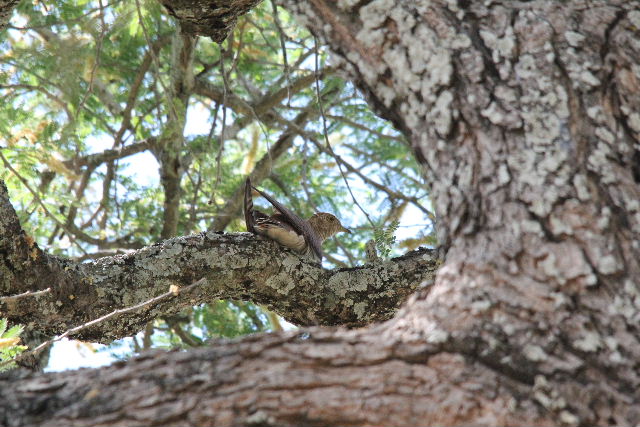 © pooky
© pooky
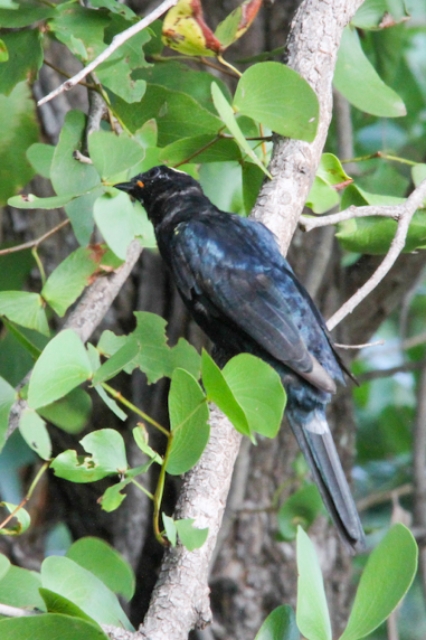 © Super Mongoose
© Super Mongoose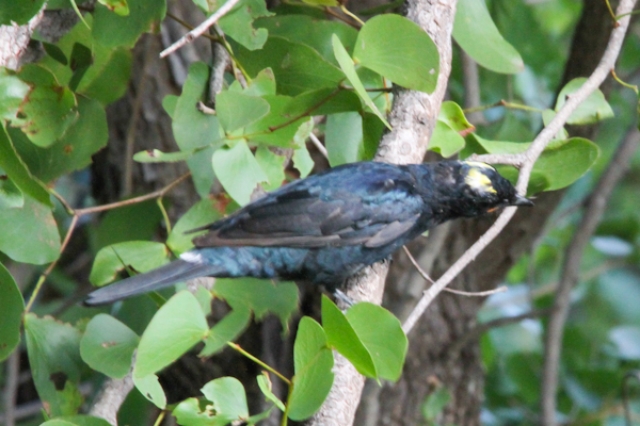 © Super Mongoose
© Super Mongoose © Super Mongoose
© Super Mongoose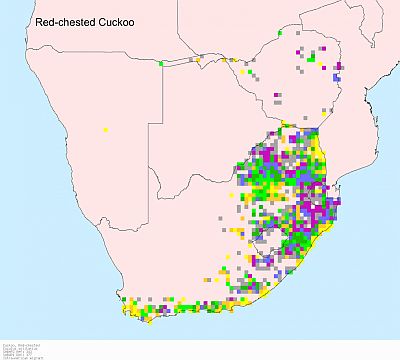
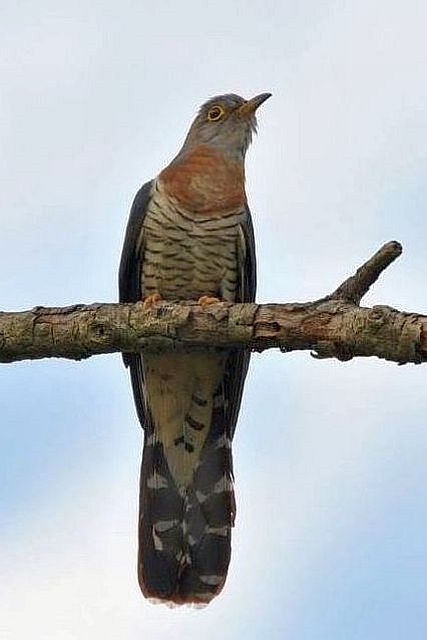 © Lowveldboy
© Lowveldboy 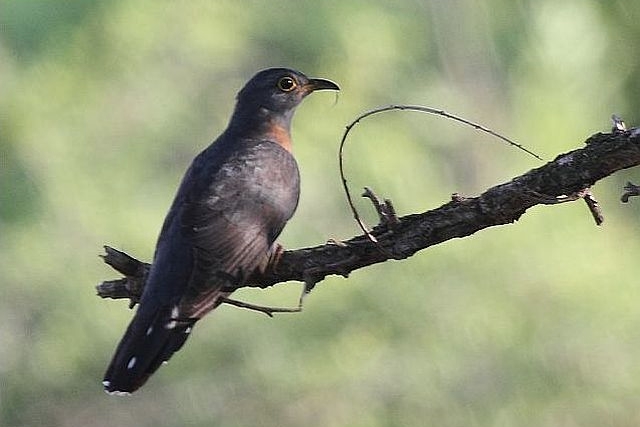 © Duke
© Duke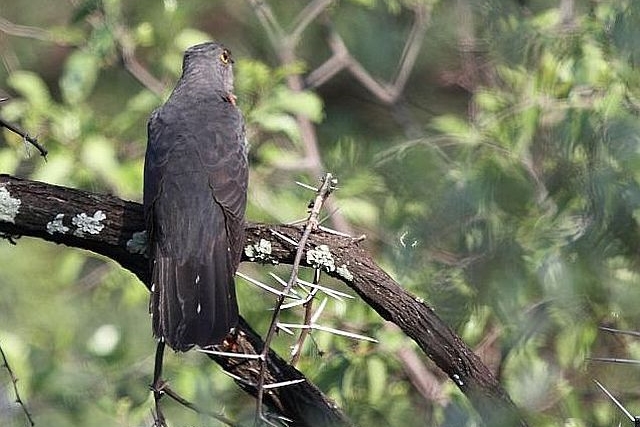 © Duke
© Duke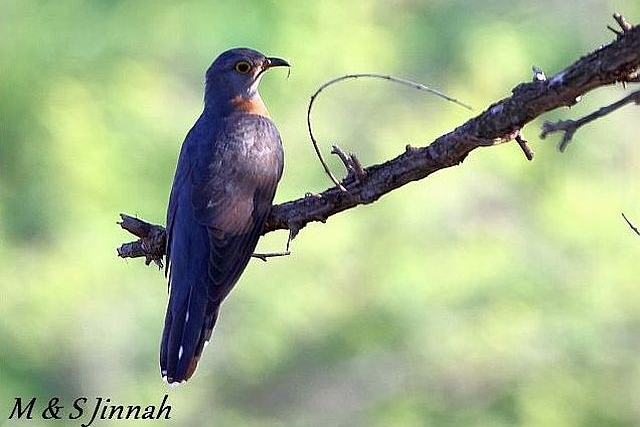 © Duke
© Duke © Duke
© Duke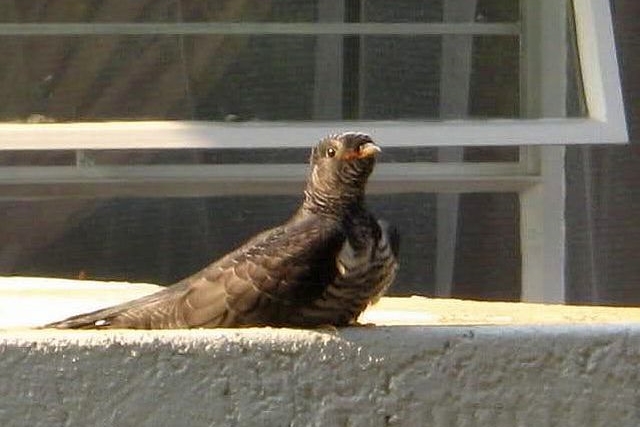 © Flutterby
© Flutterby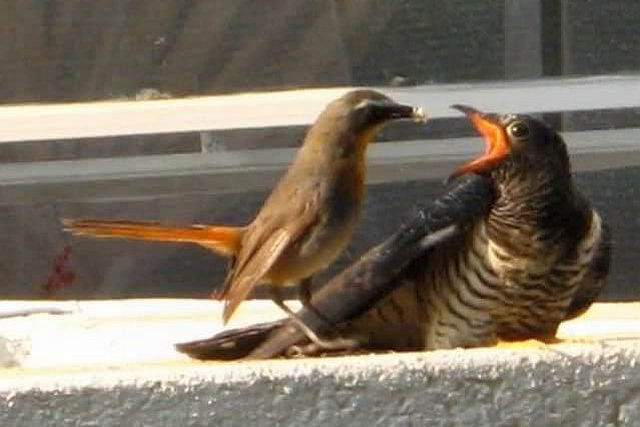 © Flutterby
© Flutterby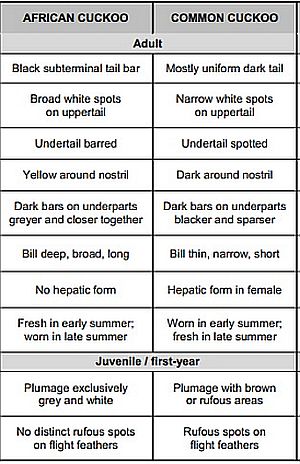
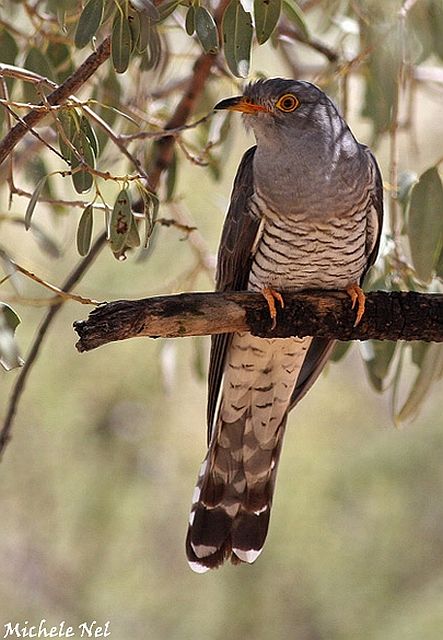 © Michele Nel
© Michele Nel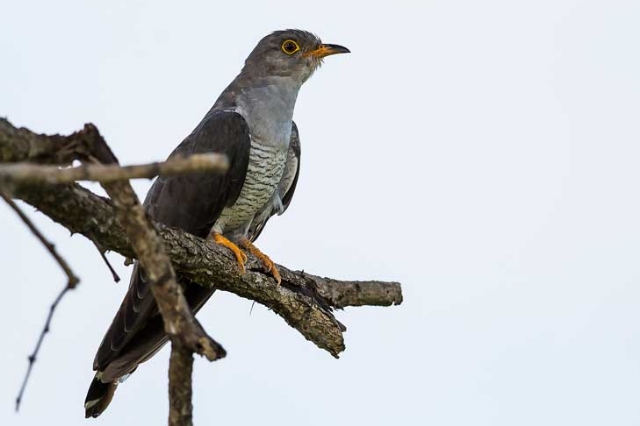 © Pumbaa
© Pumbaa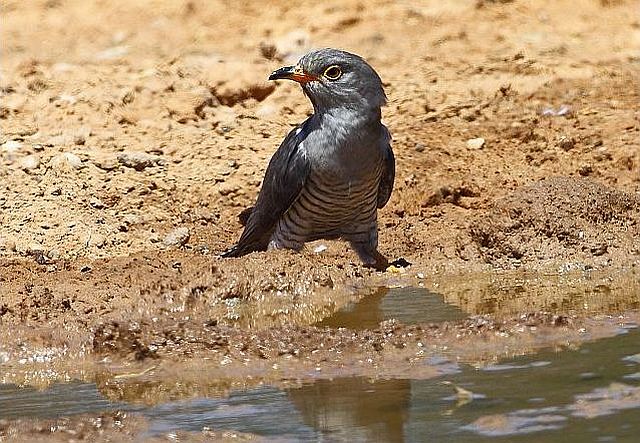 © Duke
© Duke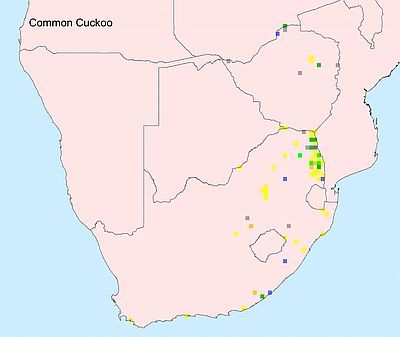
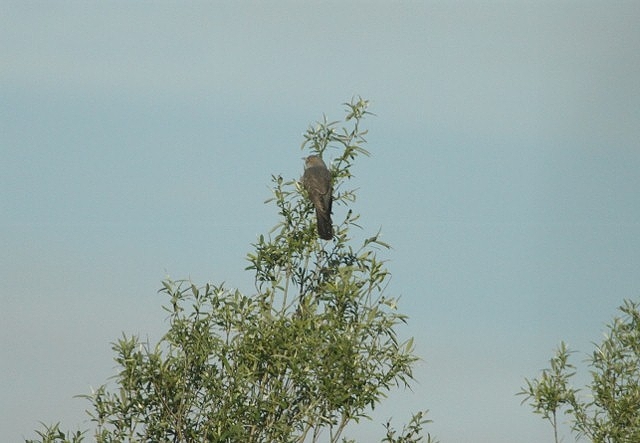
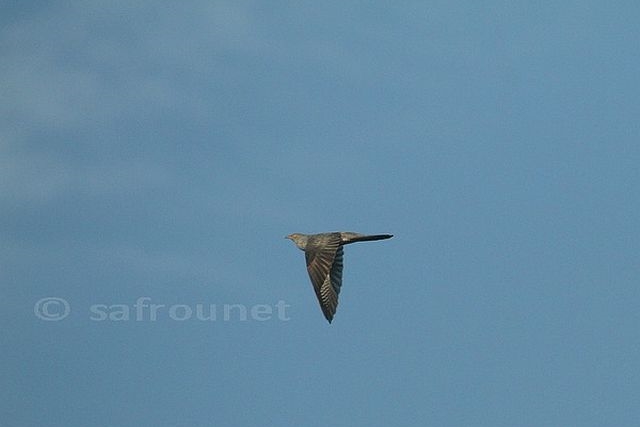
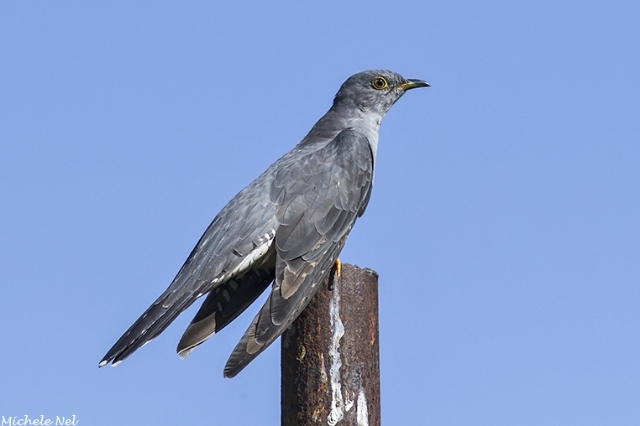 © Michele Nel
© Michele Nel